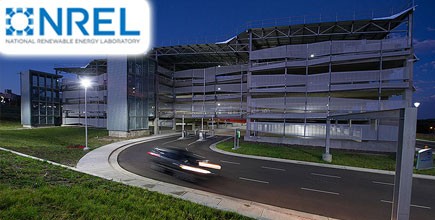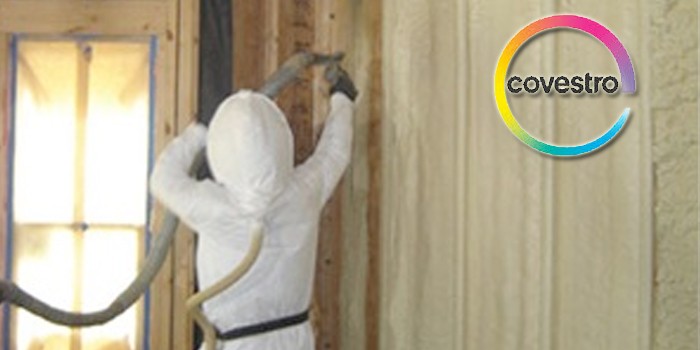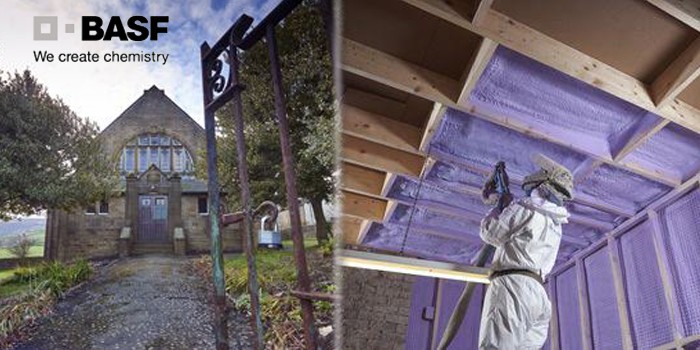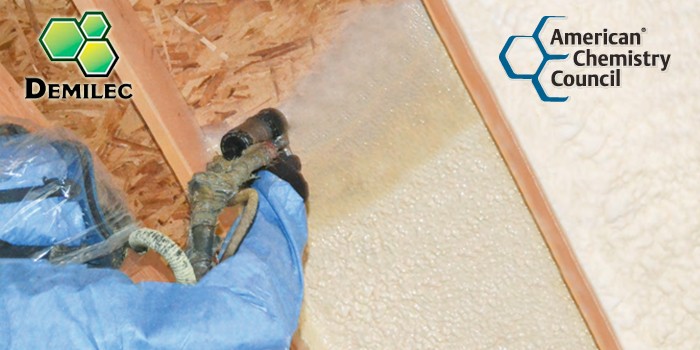NREL Hits Mark on Energy Efficiency, Misses Mark on Spray Polyurethane Foam Insulation

WASHINGTON, D.C.–March 13, 2013–The National Renewable Energy Laboratory (NREL), a division of the U.S. Department of Energy, proffered recommendations in December of 2012 about how the U.S. could double its energy productivity by 2030. As a member of the Alliance to Save Energy Commission on National Energy Efficiency Policy, NREL Director David Arvisu outlined several strategies that would not only foster the country's aim of producing energy more efficiently, but also using energy more efficiently.
"We've learned that by cutting energy consumption first, you can maximize the efficiency and reduce the cost of whatever new clean energy option is chosen," Arvisu said in a testimony before the Senate Finance Subcommittee on Energy, Natural Resources, and Infrastructure.
In a follow-up to the testimony, NREL released a feature article that highlighted the major strategies for investment in efficient energy usage in the coming decades. Specifically, NREL has focused on the two major energy usage sectors, buildings and transportation, and the former sector is where spray foam ties into the equation.
Building energy efficient structures is perhaps the most critical strategy NREL put forward, claiming that buildings account for roughly 40% of the country's energy consumption. Focusing specifically on large structures like hospitals, schools, restaurants, and office complexes, the strategies included measures like the incorporation of more efficient HVAC systems and aligning buildings on an east-west axis, among others. Improving the efficiency of HVAC systems was also a strategy for residential structures, as was the use of energy management controls.
Curiously absent from article, and mentioned only briefly in Arvisu's December testimony, was the implementation of high-performing insulation to reduce heat transfer between a structure and its environment. Furthermore, there wasn't any specific mention of spray polyurethane foam, which not only provides exceptional insulation, but also functions as an air and vapor barrier, thereby reducing air infiltration.
Now, it's well-established that improving insulation and reducing air infiltration positively impacts an HVAC system's ability to operate efficiently, or makes feasible the implementation of a smaller system altogether. And as far as commercial structures are concerned, spray foam roofs stand at the forefront of high-performance, energy efficient roofing systems. So, it's puzzling as to why spray foam wasn't mentioned as an element of the strategies for building more energy efficient structures.
Of course, NREL's research and recommendations are no doubt beneficial to the future of U.S. energy policy, but it seems prudent to publicize any and all available options for improving energy efficiency, especially an option as effective as the implementation of spray foam.
Disqus website name not provided.









































